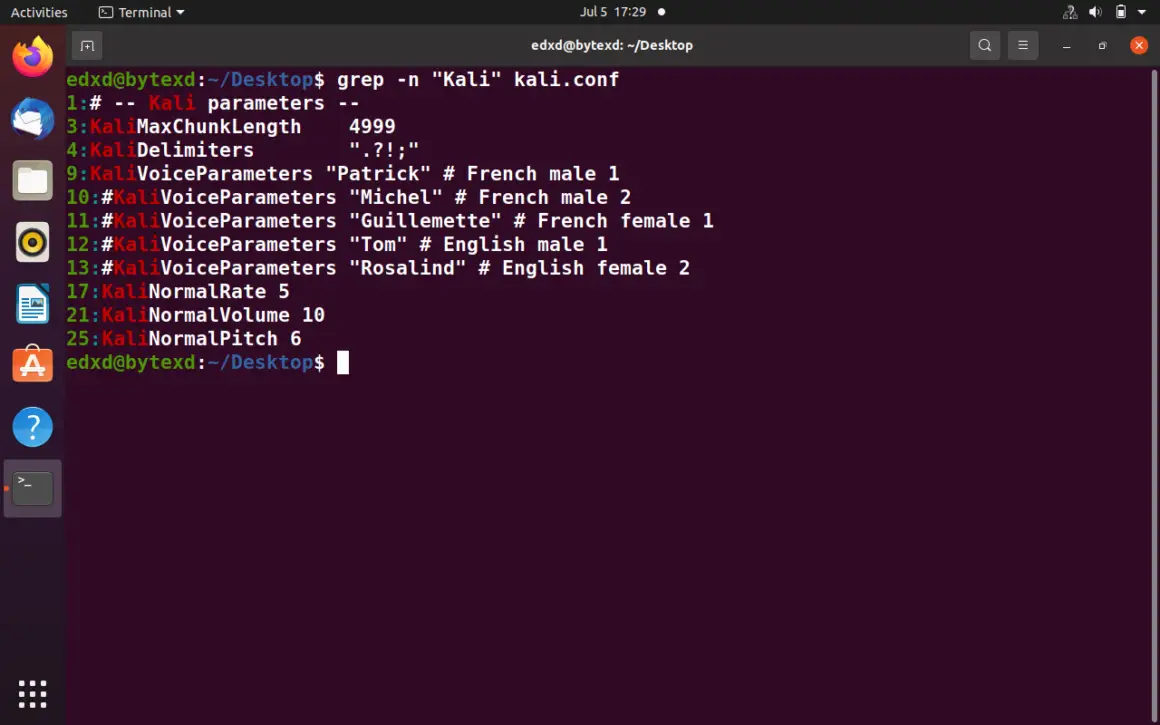
And to be honest my understanding of GREP is fairly basic so I am sure I am missing something.Īny help would be GREATLY appreciated.
Grep count how to#
There is discussion in this thread between Jongware and Eugene Tyson on how to fix that, but it isn't working for me. And /w aren't working.Is there another way of forcing it to look ONLY between the 2 tabs and still read Upper and Lower case letters and spaces? When the -v or -invert-match option is also used, grep stops after outputting NUMnon-matching lines. The issues I am having is that the “.” “Any Character” wildcard is too broad and is ignoring my tab boundary. (We are currently doing this manually using a character style, but everytime we update changes from the Excel file the data comes from we have to go back and reapply the style) I would like to also add other GREP styles to look for text from 66-75 characters and appply a slightly more compressed text. I would like to be able to use a GREP style to look for “PRODUCT DESCRIPTION” text that is 56-65 characters and apply a character style with a slightly compressed horizontal text so that it doesn't creep into the folowing column. (This data is live linked to an Excel table and brought in as Unformatted Tabbed text.) grep searches one or more input files for lines that match a given pattern and writes each matching line to standard output. Our item#'s are always 7 digits followed by a tab and then a product description and then another Tab. I am trying to count the number of records from different files using grep, and then place the result in a separate variable for each file, so at the end of. The grep command stands for global regular expression print, and it is one of the most powerful and commonly used commands in Linux.

K 15/12 OZ 7 44234-80271 8 15 8 $PRICE ($PRICE) $PRICE ($PRICE)Ībove is the typical data I am dealing with. This is a spin-off from this conversation from a couple of years back.Ī 8045166 OUR STUFF WATERMELON/STRAWBERRY DRINK MIX SUGAR SWEETENED


 0 kommentar(er)
0 kommentar(er)
